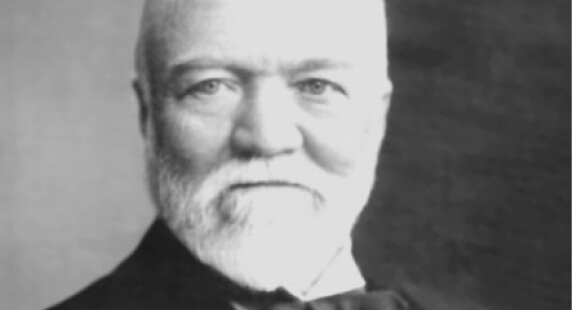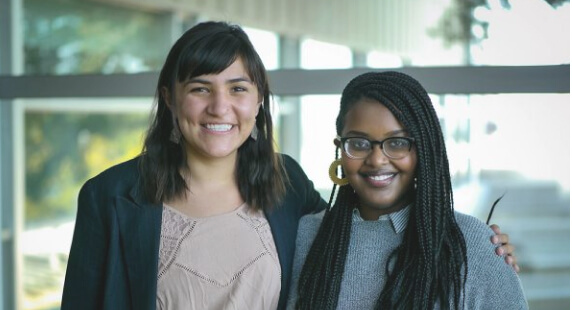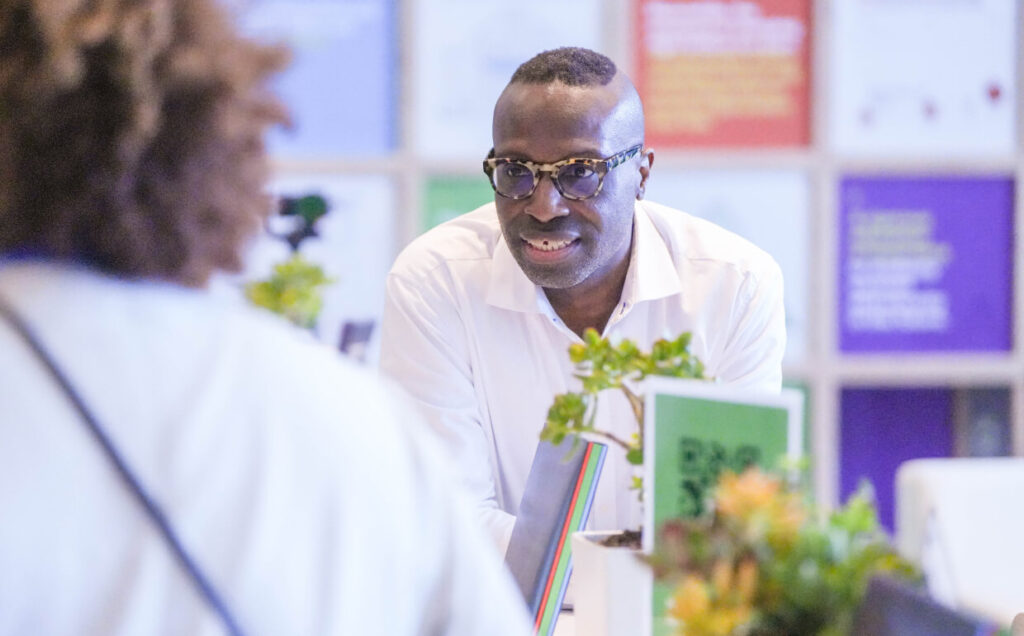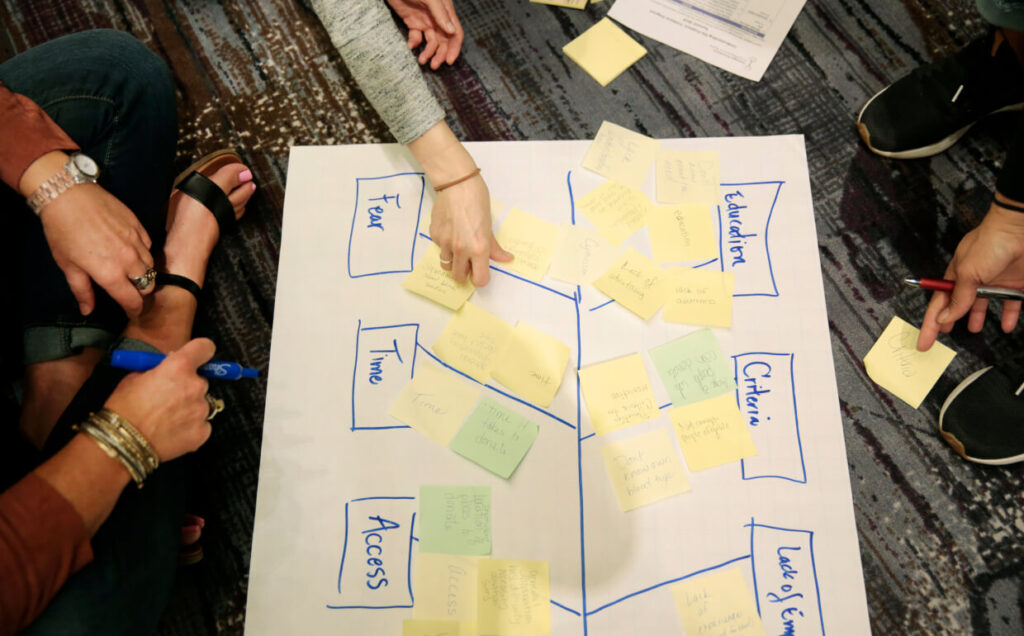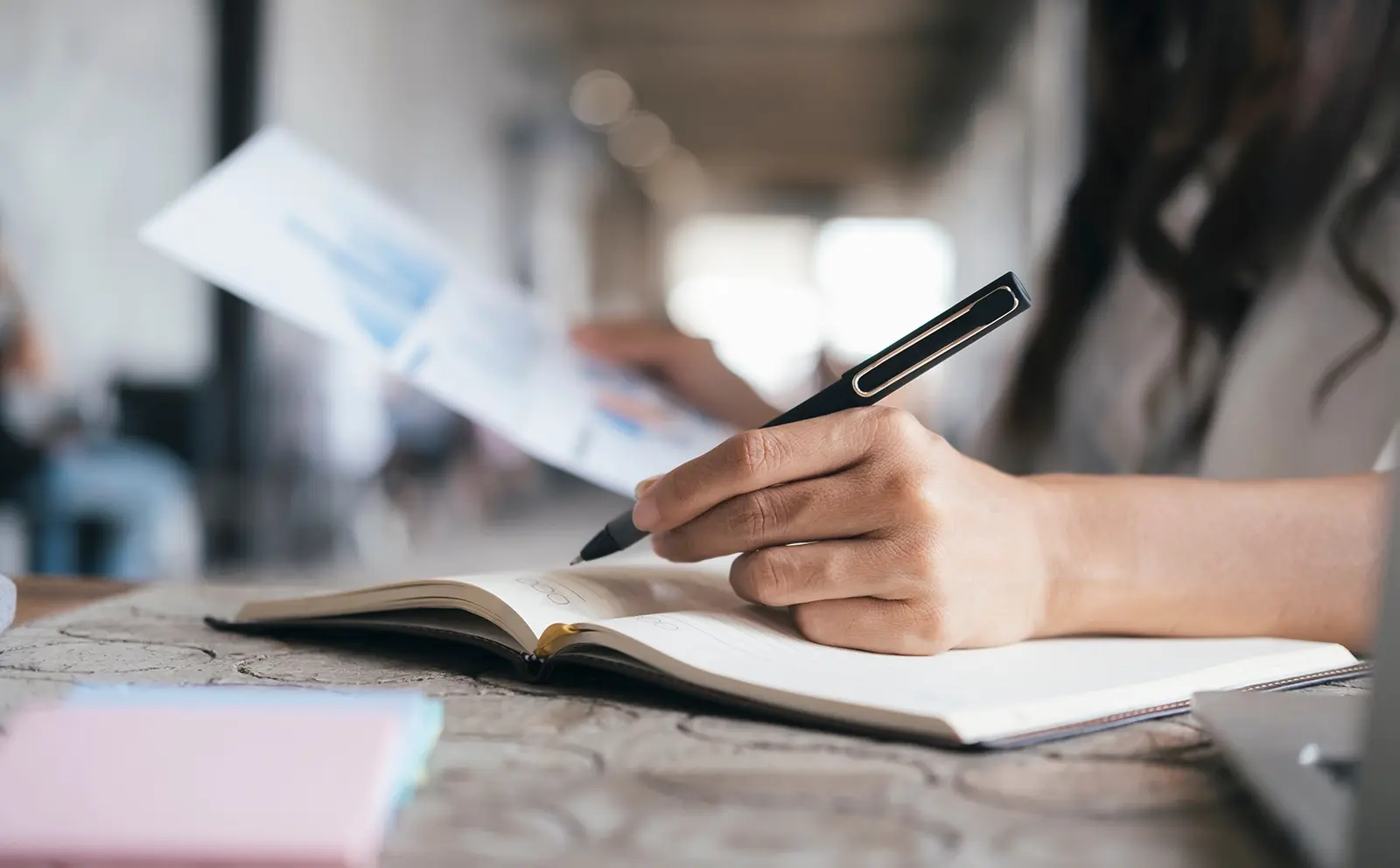Getting Started
Practical
Measurement
for Improvement
1. Getting Started
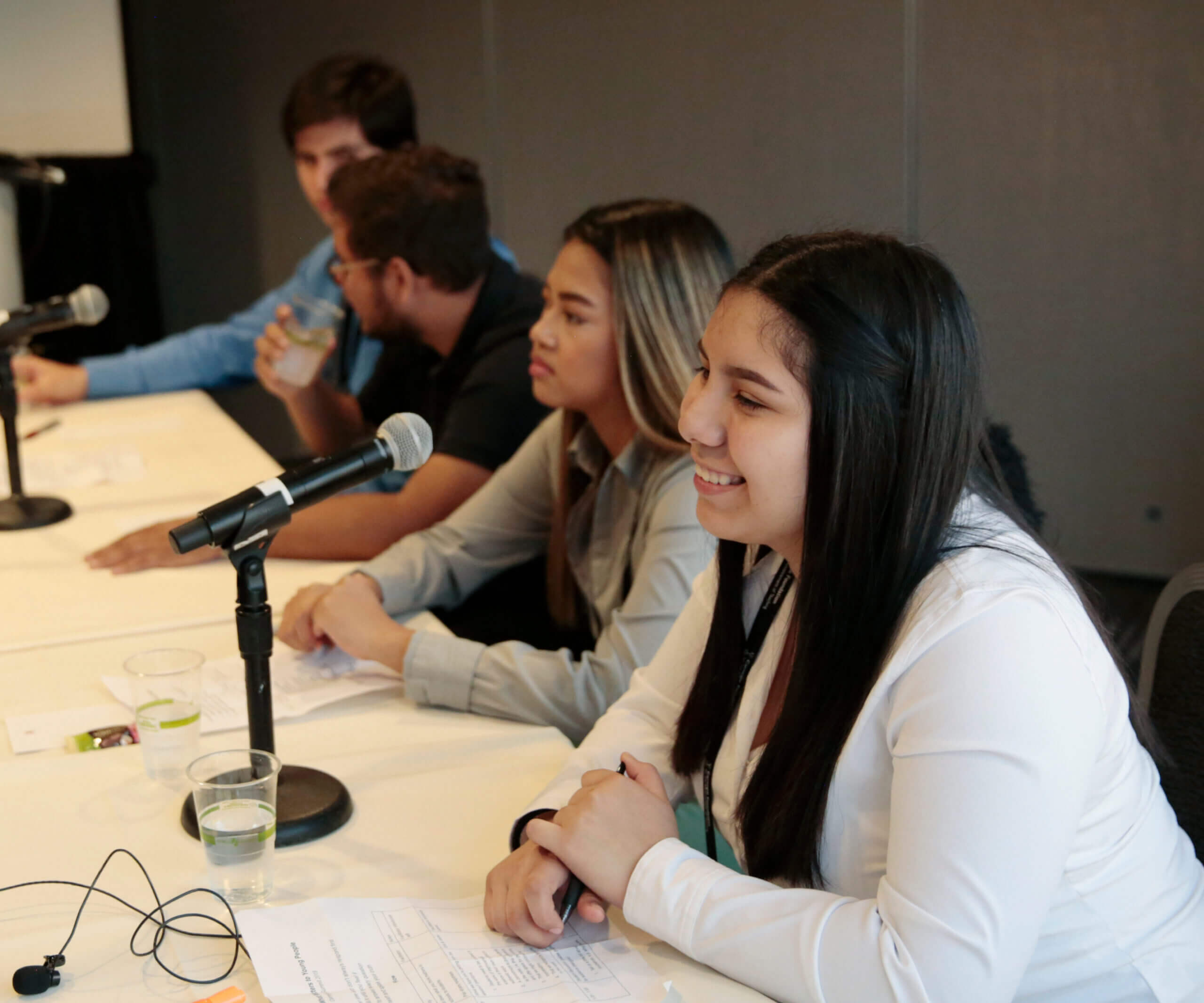
Draft a Theory of Improvement
The components of your theory of improvement (TOI) tell you what, how and why you need to measure.
Theory of Improvement and how it’s related to practical measures
Aim/goal Statement
What specifically are we trying to accomplish?
Theory of Improvement
What change(s) might we introduce?
Why do we think those changes may be an improvement?
Practical Measurement
How will we know if a change is an improvement?
What do practical measures do in an improvement effort?
- Practical measures enable improvers to know if the changes they are implementing are affecting the system in an immediate and timely way
- Practical measures are indicators of key processes within the system or leading outcomes
PRACTICAL MEASURE EX -1
Inclusive Classrooms Survey
Practical Measurement Research Briefs
Like continuous improvement, the development and use of practical measurement is a journey. It is rarely linear and often comes with opportunities and challenges. Check out these stories of improvers designing, iterating, and leveraging practical measures to create change in the system. Get ready to be inspired by their experience and lessons learned.
Additional Resources
ARTICLES
Evidence for Improvement: An Integrated Analytic Approach for Supporting Networks in Education
Measurement for Improvement in Education
Branching Out – Use Measurement Trees to Determine Whether your Improvement Efforts are Paying Off
Practical Measurement for Continuous Improvement in the Classroom: A Toolkit for Educators

